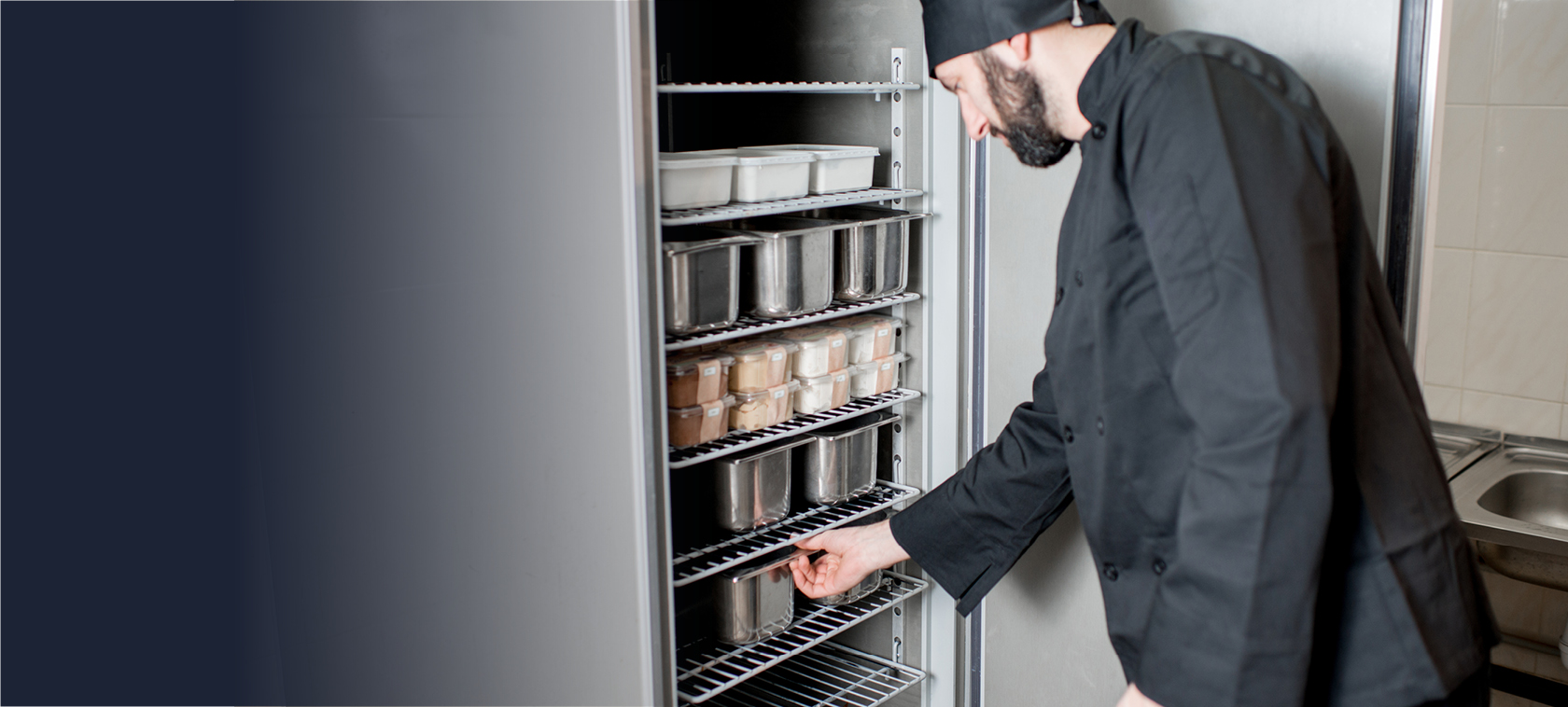Are you planning on setting up a bouncy castle this summer? Bouncy castles are often a welcome addition to a beer garden or a special event. They can be great fun and keep children (and adults!) entertained for hours. However, like most things, they come with some serious risks such as collapsing, exploding or blowing away.
Use our handy checklist to ensure that your bouncy castle is both fun and safe – enjoy!
Checklist:
Before you hire or buy –
- Certification – there are two schemes that cover the safety of play inflatables, these are called PIPA and ADIPs. Your inflatable should have a tag or inspection certificate confirming that it meets the standards required and has been inspected for safety. The inflatable must also come with instructions on how to operate safely
- Make sure there is plenty of room for the inflatable. Think, is there sufficient space for the inflatable to be operated safely, including room for floor mats, and waiting areas?
Setting up safely –
- What’s the wind speed? No inflatable is to be used in winds above 24 mph. Some inflatables may have an even lower wind speed so check, check and check again!
- How to check wind speed: use an outside anemometer, or wind speed device, to accurately check the wind speed. Using weather apps or websites is not considered sufficient, as they do not account for very localised wind speeds
- Every inflatable must have a minimum of six anchor points, does yours? Always refer to the operating manual to see if the inflatable has more. Before every use make sure the anchor points are still there and check that all ropes are in good condition
- Ground stakes must be at least 38cm long and 1.6 cm wide. if ground stakes cannot be used, then the ballast must be enough to secure the inflatable (at least 163 kg per anchor point).
- If the bouncy castle set up is on hard standing or ground that may cause an injury, make sure there is sufficient matting provided, to avoid accidents
- Consider the power cables and blowers, ensure they do not present a trip hazard and are protected from liquids and rain
Before bouncy castle use, inspect the inflatable, ensuring that –
- The blower is properly connected and the correct one is being used
- There are no signs of sagging or over tensioning
- All anchor points are in place and the inflatable is properly secured
- Impact mats are in place
- The inflatable is in good condition, with no holes or rips to the fabric
- That the inflatable deflates at a speed that would allow people to exit it safely
During bouncy castle use, inspect the operation, ensuring that –
- The inflatable is supervised by at least one suitably trained person
- Numbers are restricted and larger and smaller users are kept separate
- People are using the inflatable safely, with no shoes being worn, glasses off, they have emptied their pockets, people are not intoxicated and there is no dangerous behaviour or people hanging off the side
- Regularly check anchor points are in place
- Check windspeed is not exceeding the safe limit for the inflatable. Using an anemometer and keeping a record to demonstrate the checks have been completed
Make sure you record –
- The control measures listed above should be documented in a risk assessment, you can use this form to record your findings
Bouncy castles are a great addition to a garden party, pub garden and any special events so, have fun this summer, but remember to be safe too!



